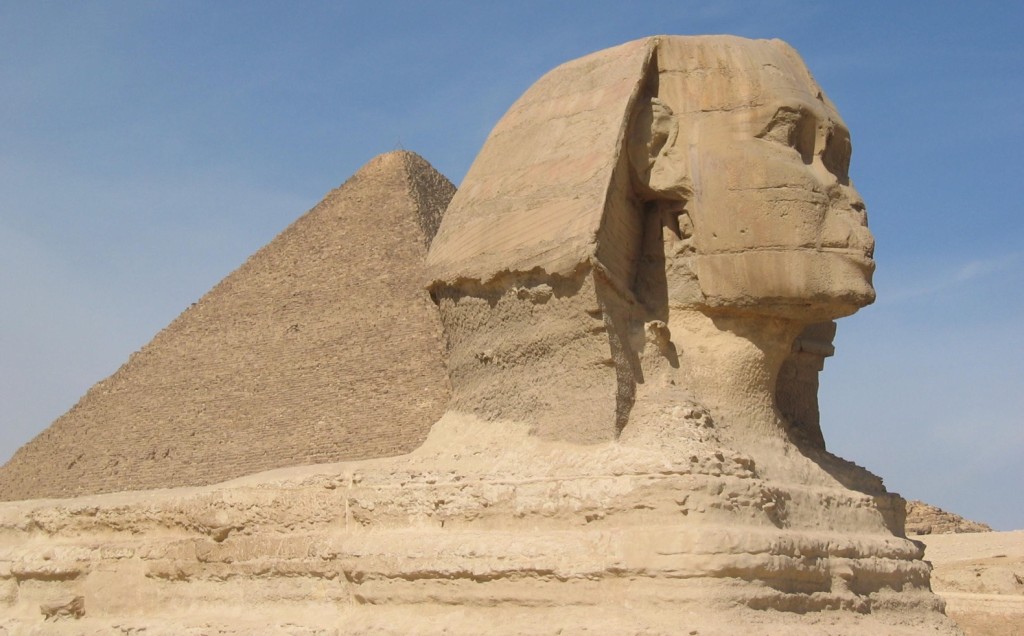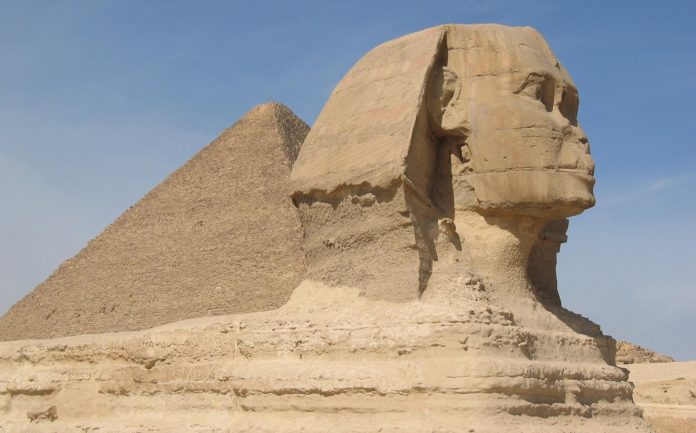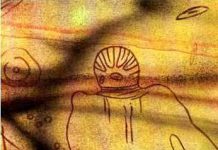
Sphinx’s and the pyramides of Giza secrets and Mystery are hidden underneath the sand in the lands around these great monuments of the Oldest Civilization in the planet. They cud be older thatn people think about them. The Sphinx was often hit by the waves of the Big Floods which did come from Mediterranean Sea and Nile and covered the whole Nile’s Delta. The Sphinx shape was destroyed often by the Big Flods. Later it was repared but changed its shape and size. It cud be as female face,lion in the body, eagle in the wings and snake in its tale. It was made maybe as a giant formed concrete sculpture, but to find the truth about its mystery, people must digg now everywhere around deep in the lands covered by the old Floods ( maybe of 10.000 years ago after the melting of the Ice over Europe after the Ice Age)
When Mark Lehner was a teenager in the late 1960s, his parents introduced him to the writings of the famed clairvoyant Edgar Cayce. During one of his trances, Cayce, who died in 1945, saw that refugees from the lost city of Atlantis buried their secrets in a hall of records under the Sphinx and that the hall would be discovered before the end of the 20th century.
In 1971, Lehner, a bored sophomore at the University of North Dakota, wasn’t planning to search for lost civilizations, but he was “looking for something, a meaningful involvement.” He dropped out of school, began hitchhiking and ended up in Virginia Beach, where he sought out Cayce’s son, Hugh Lynn, the head of a?holistic medicine and paranormal research foundation his father had started. When the foundation sponsored a group tour of the Giza plateau—the site of the Sphinx and the pyramids on the western outskirts of Cairo—Lehner tagged along. “It was hot and dusty and not very majestic,” he remembers.
Still, he returned, finishing his undergraduate education at the American University of Cairo with support from Cayce’s foundation. Even as he grew skeptical about a lost hall of records, the site’s strange history exerted its pull. “There were thousands of tombs of real people, statues of real people with real names, and none of them figured in the Cayce stories,” he says.
Lehner married an Egyptian woman and spent the ensuing years plying his drafting skills to win work mapping archaeological sites all over Egypt. In 1977, he joined Stanford Research Institute scientists using state-of-the-art remote-sensing equipment to analyze the bedrock under the Sphinx. They found only the cracks and fissures expected of ordinary limestone formations. Working closely with a young Egyptian archaeologist named Zahi Hawass, Lehner also explored and mapped a passage in the Sphinx’s rump, concluding that treasure hunters likely had dug it after the statue was built.














